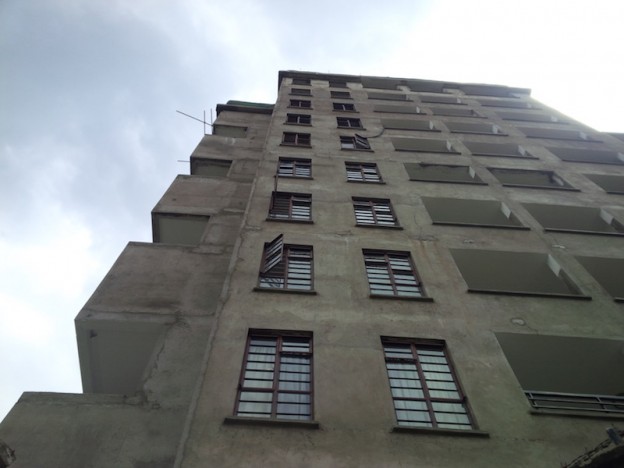A new report from the World Bank slightly revised down the forecast for Kenya economic growth from the 5.9% achieved last year to 5.5% in 2017. This is attributed to ongoing drought, depressed private sector growth, and rising oil prices while 2016 had low oil prices, tourism recovery, and favourable weather conditions.
At the launch, Central Bank Governor, Patrick Njoroge said the focus should not be on the rate change, but on the medium term in which Kenya’s economy had distinguished itself by its resilience. This comes from Kenya having a highly diversified economy – a mix of largest export is tea but his tea, and that goes to Egypt (not the UK), the economy has a strong regional focus (25% of exports are to EAC, and 40% to sub-Saharan Africa), a dynamic private sector (that’s becoming more transparency, with good governance & better business models), a well-educated labour force and investments in infrastructure (he said more should be written about the SGR vs. the old lunatic express railway) which will improve the country’s competitiveness. He said that foreign exchange reserves were at an all-time high (5.3 months) and while rains had failed in 2017 and there was a slowdown in bank lending, the risk of Brexit to Kenya was more on foreign direct investment (FDI) side and less on exports.
At the launch, the World Bank also did a report on housing in Kenya titled unavailable and unaffordable that highlighted that there were fewer than 50,000 new houses being built each year compared to an annual demand for 200,000 homes. Also, there’s low financial participation with fewer than 25,000 mortgages in the country, yet mortgages are one of the most secure loans, as people do not default on their homes easily.
The World Bank proposes having a Kenya mortgage refinance company (KMRC) that adapts from other successful models in Malaysia, Morocco (guarantees for 70% of loans) and Nigeria (fully subscribed bond scheme) to see if the number of mortgages in Kenya can go up to 60,000. They also have a private-public partnership at Naivasha in Nakuru County to build 1,000 low-cost homes, most of which will be below Kshs 2 million (~$20,000)
Also see a report of an IMF staff visit to Kenya.
